From NSMenuItem Class Reference
If you want to specify the Backspace key as the key equivalent for a menu item, use a single character string with NSBackspaceCharacter (defined in NSText.h as 0x08) and for the Forward Delete key, use NSDeleteCharacter (defined in NSText.h as 0x7F).
Not sure I understand "use a single character string with..." from the class ref.
// This works as expected
NSString *s = [NSString stringWithFormat:@"%c",NSDeleteCharacter];
[myMenuItem setKeyEquivalentModifierMask:NSCommandKeyMask];
[myMenuItem setKeyEquivalent:s];

// This doesn't works as expected
NSString *s = [NSString stringWithFormat:@"%c",NSF2FunctionKey];
[myMenuItem setKeyEquivalentModifierMask:NSCommandKeyMask];
[myMenuItem setKeyEquivalent:s];

